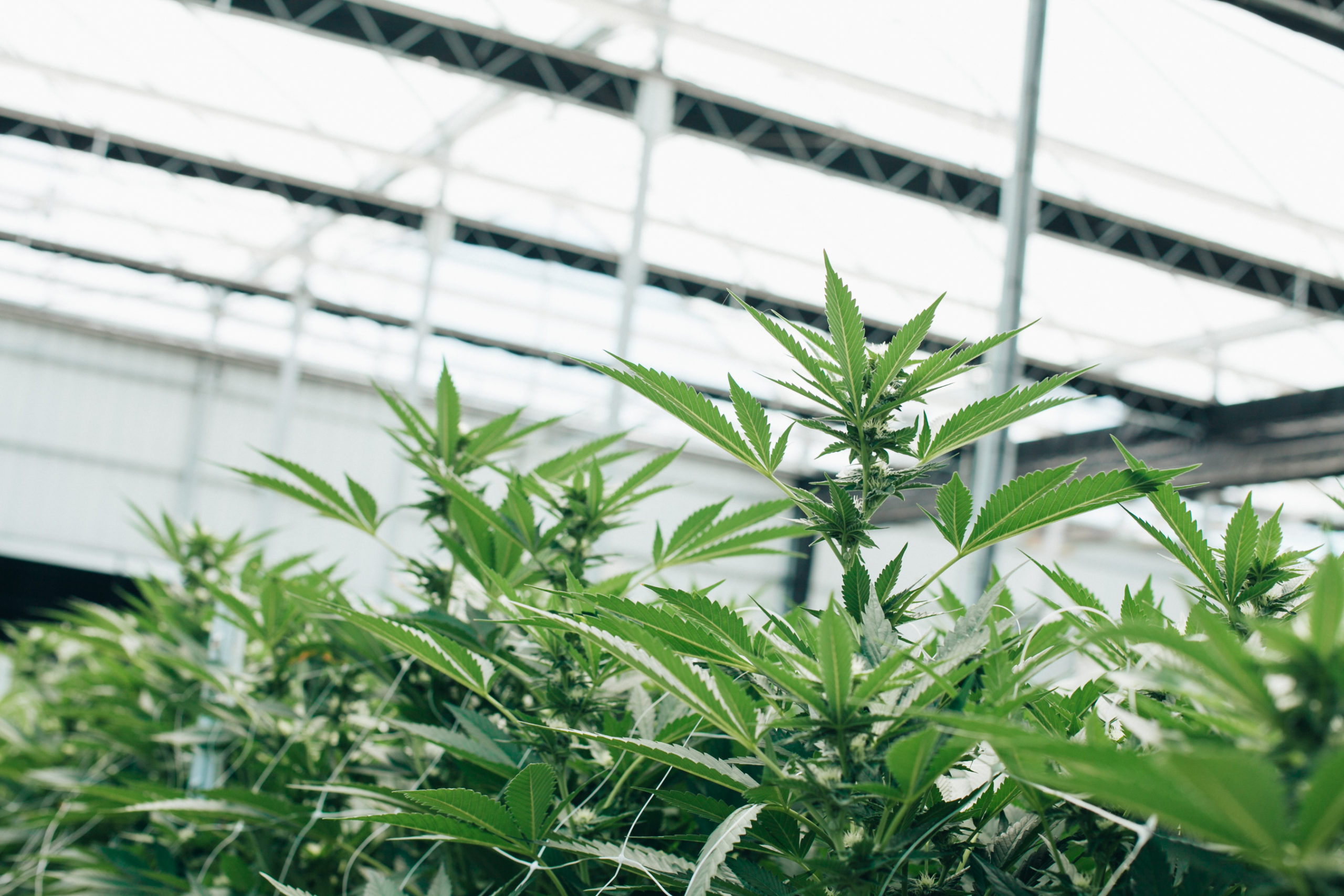InSpire’s CEO, Adrian Giovenco, is a proud member of the NCIA’s Facilities Design Committee. The National Cannabis Industry Association (NCIA) is the only national trade association representing legal and responsible cannabis business in the U.S. The Facilities Design Committee (FDC) focuses on providing information and best practices surrounding the facility design process to help legal producers maximize their financial returns and ultimately plan for the transition from a state to a federally regulated industry. To view a full list of committee members, visit TheCannabisIndustry.org.
Recently, the FDC authored a blog post for the NCIA discussing why dehumidification is such an important consideration for indoor growing environments. The term HVAC is typically used to refer to heating, ventilation and cooling systems, and while it technically includes dehumidification, it does not directly highlight the significance of dehumidification in optimizing plant health in indoor cultivation environments. HVAC alone doesn’t tell the full story of environmental control, so it is our strong belief that the industry needs to transition to using the term “HVACD” for these systems.
The blog post makes several key points as to why the controlled environment horticulture industry would benefit from this change:
- The challenges with “HVAC”: HVAC typically refers to conventional air conditioning and heating systems designed for temperature control to provide a comfortable environment for people. Plants grown in indoor environments have much different needs than humans do, particularly the large amount of dehumidification necessary to maintain an optimum vapor pressure deficit (VPD.) Dehumidification is arguably the most difficult environmental challenge in controlled environment horticulture.
- The benefits of considering dehumidification: Properly designed dehumidification creates consistent, precise environmental conditions and mitigates risk against pests, pathogens and issues like powdery mildew and botrytis. Well executed dehumidification allows growers better VPD control and the ability to optimize plant health, leading to a strong foundation for maximized biomass and limited crop loss.
- “HVACD” will evolve industry standards and best practices: Consistently and collectively updating the knowledge of the rapidly evolving cannabis industry is a core value of both the NCIA and FDC. Plants are living organisms that have different needs and challenges, and there is a need for plant-centric equipment that controls and optimizes the environment based on every stage of the plant life cycle.
The article concludes with the following: “As more scientific studies and data become available on topics like plant transpiration, dehumidification and VPD as driving forces in plant vitality, it is clear that there is a better way to think about cannabis climate control. HVAC focuses on the sensible cooling that keeps people happy, while HVACD focuses on the latent grow room cooling that keeps plants happy. Both are critical concepts that must be considered during the indoor cultivation facility design process to ensure success.
To read the full blog post for yourself, visit: https://thecannabisindustry.org/committee-blog-an-introduction-to-hvacd-for-indoor-plant-environments-why-we-should-include-a-d-for-dehumidification.
InSpire can help your business maximize performance and value. Reach out to our team of experts today for a free consultation.
